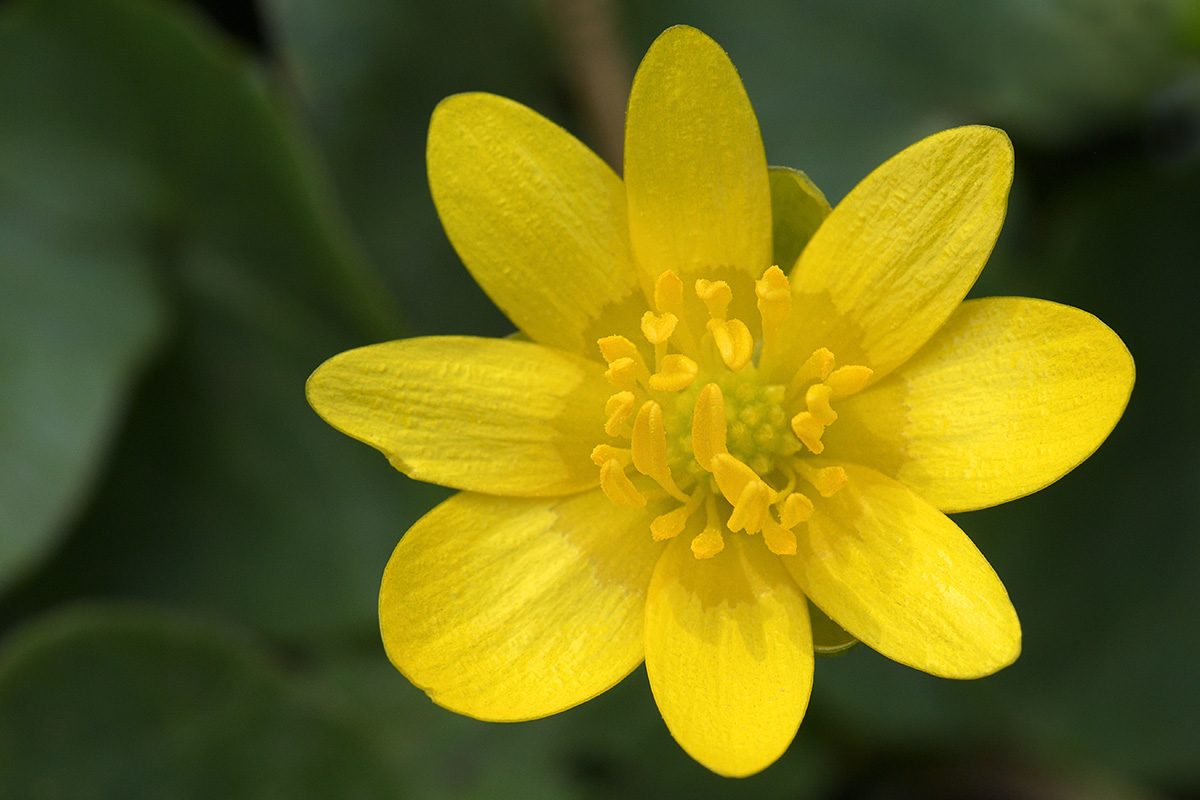Lesser celandine, also known as pilewort or fig buttercup, is a low-growing, hairless perennial plant, with fleshy dark green, heart-shaped leaves. It flowers from March until May. The flowers are yellow, turning white as they age.
Lesser celandine is a vigorous growing groundcover that forms large, dense patches, displacing and preventing other plants from co-occurring. The ecological impact of lesser celandine is primarily on the native spring-flowering plant community and the various wildlife species associated with them.
Lesser celandine spreads primarily by vegetative means through abundant tubers and bulblets (small or secondary bulbs). No biological control agents are currently available for lesser celandine. For small infestations in e.g. gardens, lesser celandine may be pulled up by hand or dug up using a hand trowel or shovel. It is very important to remove all bulblets and tubers.
Although lesser celandine is a pest, I like its flowers. Therefore, in our garden I have made no attempt to completely eradicate it.
